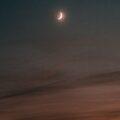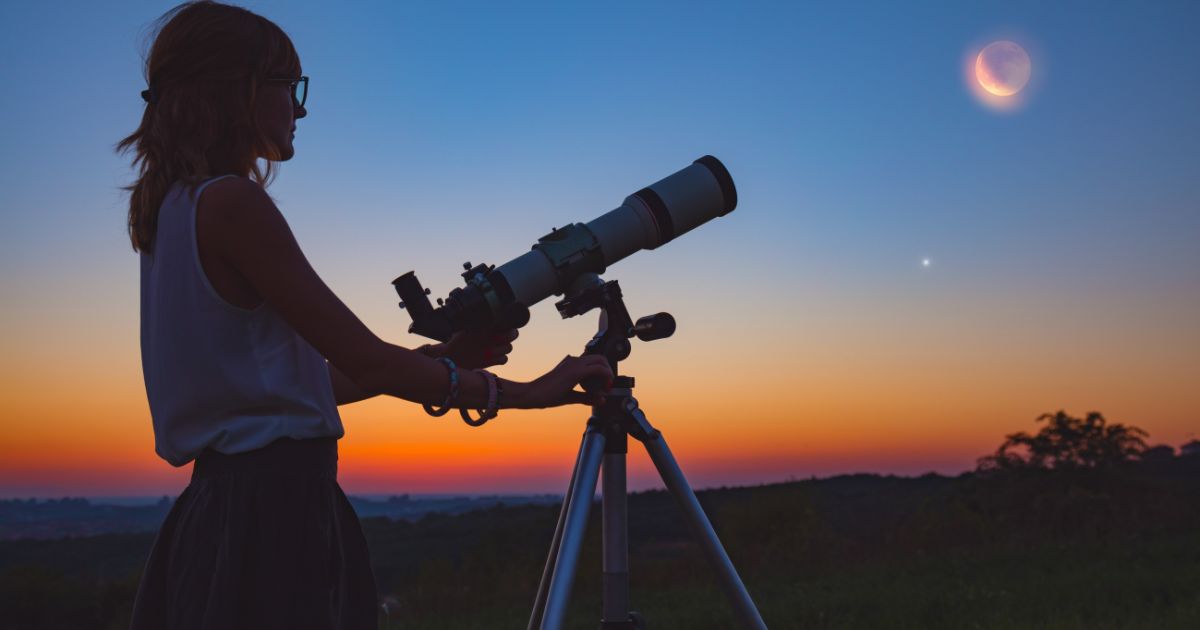For the next few months (rest of winter and into spring), the full Moon occurs in the middle of the month making the beginning and end of those months relatively free of moonlight. This is especially true at the end of the month when the Moon’s waning crescent will be in the early morning sky. With Jupiter setting at about 7 pm there are only the constellations to observe in the first and last week of the month. The Winter Oval of bright stars can be seen even with the Moon.
You will also notice that the full Moon in the second week of the month is much higher in the sky than you may remember from the autumn. This also means it will be in the sky each night much longer than it was earlier last year, so you will have plenty of night to help you on your walkabouts.
NOTEABLE EVENTS
1 New Moon
8 1st Qtr. Moon
9 Star Capella overhead at 8 pm
10 Moon at Apogee 21:37
14 Orion on meridian at 8 pm
16 Full Moon, Sun enters Aquarius, 07:08
23 Last Qtr. Moon
26 Moon at Perigee 17:25

Dates for the Phases of the Moon

Entries are in Eastern Time and only require time zone correction. Do not use the correction from the “Ottawa-Time” table.
Planetary Configurations
When at Opposition, planets will appear on the opposite side of the sky from the Sun – very roughly on the meridian at midnight.
Conjunctions are when the planet has the same “longitude” as the Sun. A Superior Conjunction is when the planet is on the other side of the Sun, and an Inferior Conjunction is when it is between the Earth and the Sun. Only Mercury and Venus can be at Inferior Conjunction. Maximum elongation is when Mercury and Venus appear farthest from the Sun in our sky. This occurs either in our morning eastern sky (mor.) or our western evening sky (eve.).
Do not apply the Ottawa-correction times to the times in this table.

Prominent Constellations by Seasons


Brightest Stars


One of Canada’s foremost writers and educators on astronomical topics, the Almanac has benefited from Robert’s expertise since its inception. Robert is passionate about reducing light pollution and promoting science literacy. He has been an astronomy instructor for our astronauts and he ensures that our section on sunrise and sunset, stargazing, and celestial events is so detailed and extensive it is almost like its own almanac.













